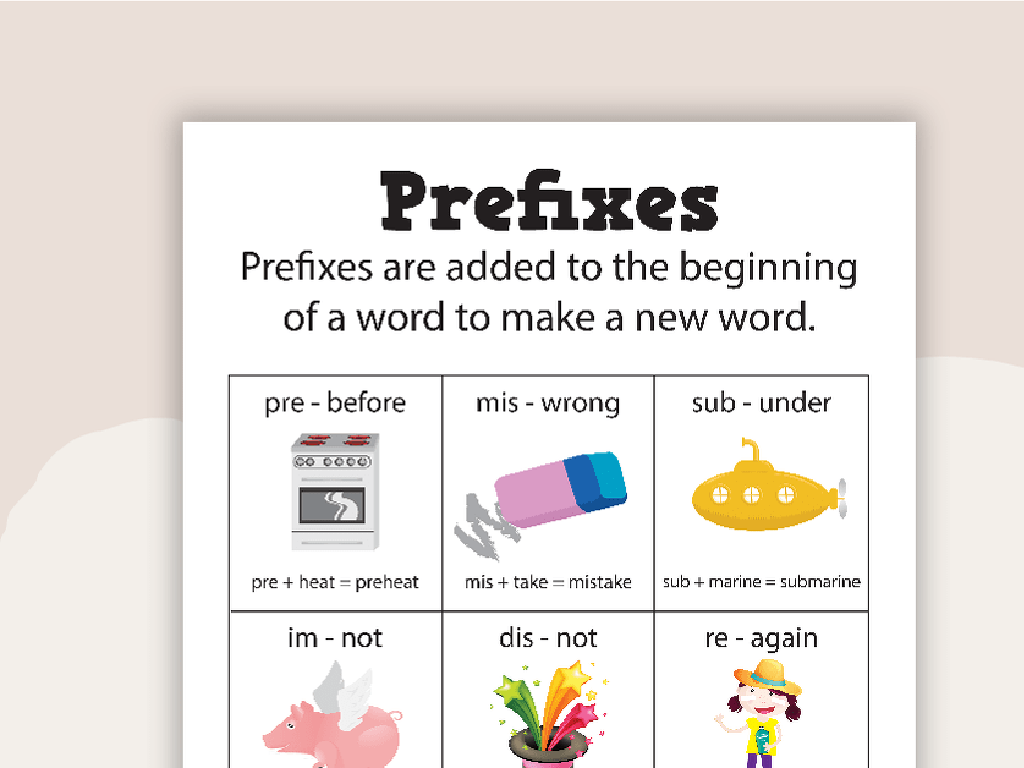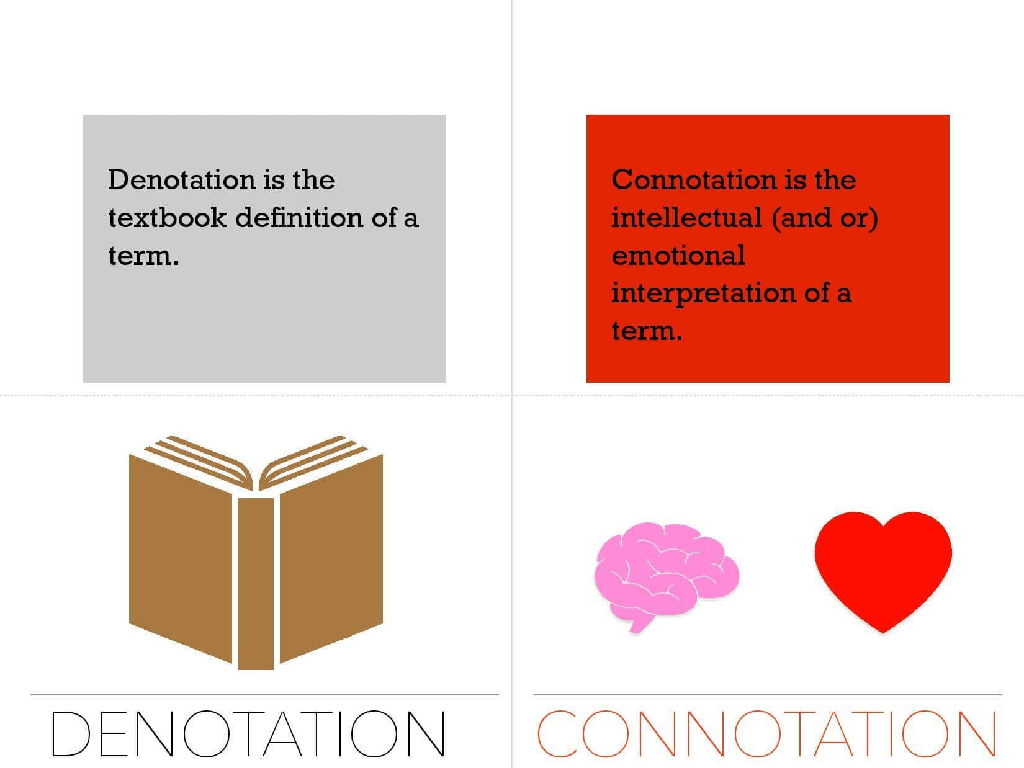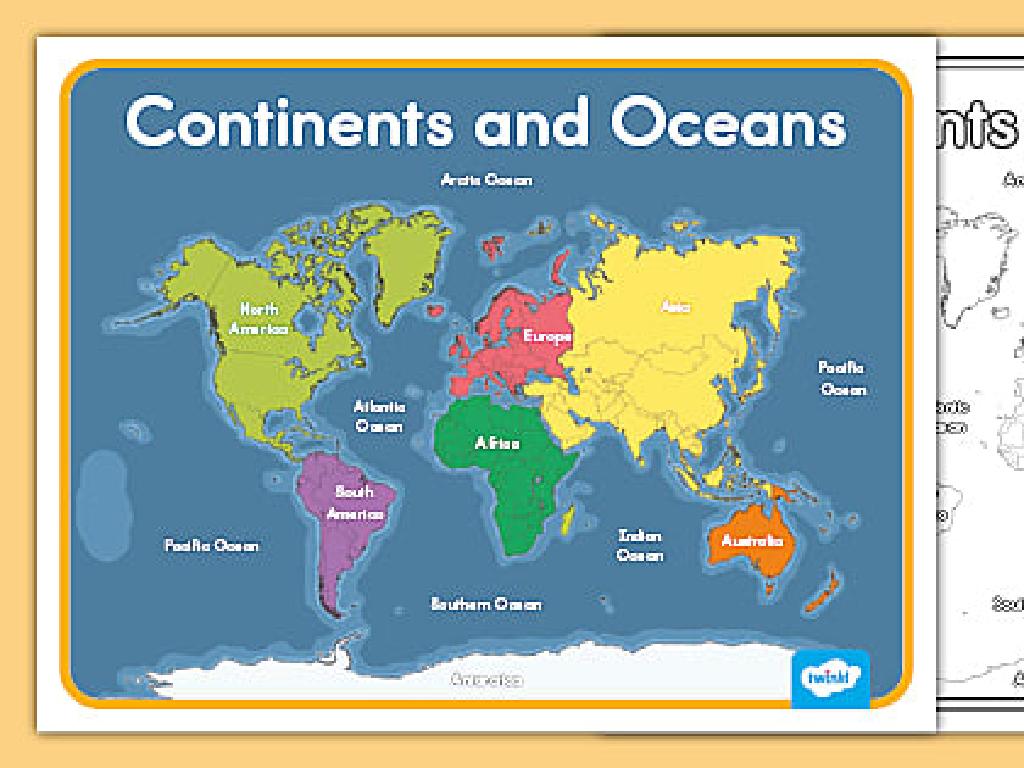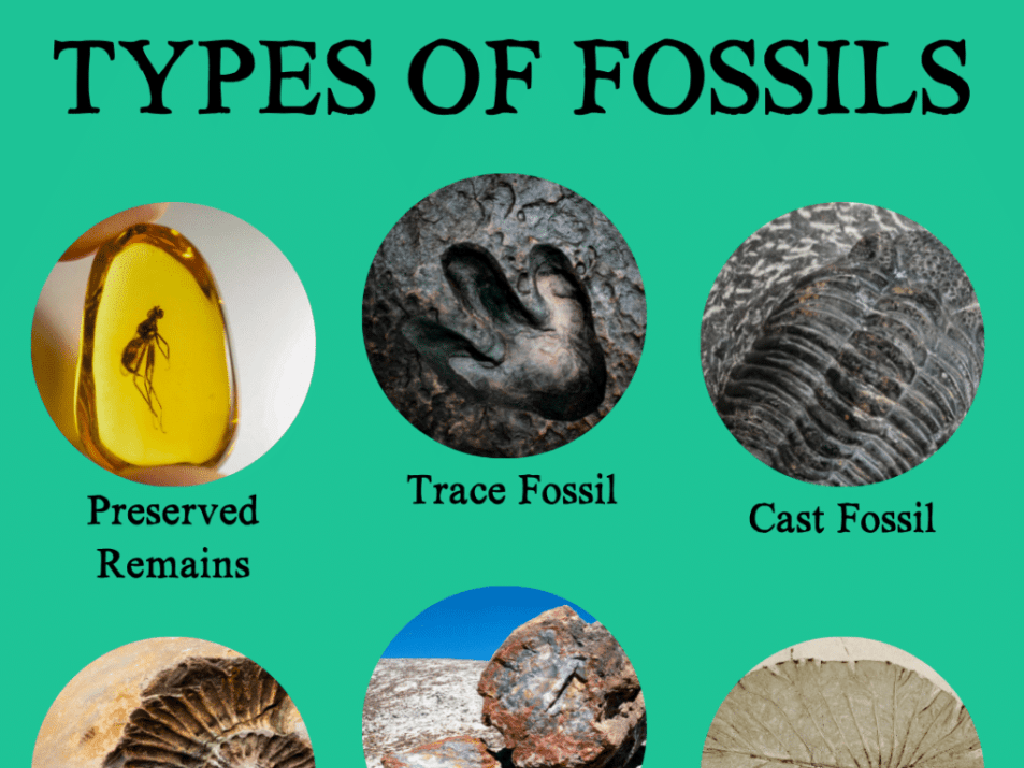Identify Vague Pronoun References
Subject: Language arts
Grade: Seventh grade
Topic: Pronouns And Antecedents
Please LOG IN to download the presentation. Access is available to registered users only.
View More Content
Pronouns and Antecedents: Clarity in Language
– Relationship of pronouns and antecedents
– Pronouns replace nouns; antecedents are the nouns they refer to.
– The role of pronouns in sentences
– Pronouns prevent repetition and make sentences smoother.
– Identifying vague pronoun references
– Vague references can confuse readers about what or whom we’re referring to.
– Ensuring pronoun clarity
– Use clear and specific antecedents to avoid ambiguity.
|
This slide introduces the concept of pronouns and their antecedents, emphasizing the importance of clarity in their use. Pronouns are words that take the place of nouns, and antecedents are the nouns to which pronouns refer. The lesson will focus on identifying when pronoun references are vague, which can lead to confusion in understanding sentence meaning. Students will learn strategies to ensure that the pronouns they use in their writing clearly and accurately refer back to the correct antecedents. Activities will include reviewing examples of vague pronoun references and correcting them for clarity. This foundational understanding will help improve their writing skills and comprehension.
Understanding Pronouns
– Define a pronoun
– A word that substitutes for a noun or noun phrase
– Examples: he, she, it, they
– ‘He’ for boys, ‘she’ for girls, ‘it’ for objects, ‘they’ for groups
– Pronouns replace nouns
– Instead of ‘Sarah said Sarah would go’, use ‘Sarah said she would go’
– Avoids repetition in sentences
|
This slide introduces the concept of pronouns, which are fundamental in constructing clear and concise sentences. Pronouns are used in place of nouns to prevent the awkward repetition of the same words and to streamline communication. It’s important for students to recognize the different types of pronouns and their proper usage in sentences. Provide examples that illustrate how replacing nouns with pronouns can make sentences sound more natural. Encourage students to practice by rewriting sentences that overuse specific nouns, replacing them with appropriate pronouns to enhance clarity.
Understanding Antecedents in Pronouns
– Define an antecedent
– An antecedent is the noun a pronoun replaces.
– Relation of pronouns to antecedents
– Pronouns must clearly refer back to specific antecedents.
– Examples of pronouns and antecedents
– ‘Sara found her book’ – ‘her’ refers to ‘Sara’.
– Importance of clear antecedents
|
This slide introduces the concept of antecedents, which are essential for understanding how pronouns function in sentences. An antecedent is the word that a pronoun refers to or replaces in a sentence. It’s important for clarity in writing that pronouns clearly refer to specific antecedents; otherwise, it can lead to vague or confusing sentences. Provide examples where pronouns match their antecedents in number and gender, and highlight cases where unclear pronoun references can cause misunderstandings. Encourage students to practice identifying antecedents in sentences and to be mindful of using clear references in their own writing.
Clarifying Vague Pronoun References
– What causes vague pronoun references?
– Ambiguity occurs when a pronoun could refer to multiple antecedents.
– Importance of clear pronoun-antecedent
– Clear references prevent confusion, ensuring readers understand the text.
– Identifying vague references in sentences
– Look for pronouns that don’t clearly match a specific noun.
– Practice: Clarify the vague references
– We’ll work through examples to improve our clarity in writing.
|
This slide introduces the concept of vague pronoun references, which can lead to ambiguity and confusion in writing. Students will learn how to identify when a pronoun’s antecedent (the noun it refers to) is unclear and why it’s crucial to maintain clarity in their writing. Emphasize the importance of readers being able to easily follow who or what is being talked about. Provide examples where pronouns have more than one possible antecedent and guide students on how to revise such sentences for clarity. Encourage students to bring sentences from their reading where they found the pronoun references vague and discuss how to clarify them. This will help them understand the practical application of the concept.
Avoiding Vague Pronoun References
– Strategies to clarify pronouns
– Use specific nouns, avoid ‘it’, ‘this’, ‘that’ without clear antecedents
– Rewrite for clear relationships
– Replace pronouns with nouns if the reference is unclear
– Practice with sample sentences
– Identify vague pronouns and rewrite the sentences for clarity
– Importance of precise language
|
This slide aims to teach students how to avoid vague pronoun references, which can cause confusion in writing. Students will learn strategies to clarify pronouns, such as using specific nouns instead of ambiguous pronouns like ‘it’, ‘this’, or ‘that’ when the antecedent is not clear. They will practice rewriting sentences to establish clear pronoun-antecedent relationships. In the practice activity, students will work with sample sentences to identify vague pronouns and correct them, enhancing their understanding of how precise language can improve communication. Encourage students to ask questions if they are unsure about the antecedent a pronoun refers to.
Class Activity: Pronoun Detective
– Pair up and review a paragraph
– Highlight pronouns and antecedents
– Discuss vague pronoun references
– Are pronouns clearly referring to specific nouns?
– Suggest improvements
– How to rewrite for clarity?
|
In this interactive class activity, students will work in pairs to enhance their understanding of pronouns and their antecedents. Provide each pair with a paragraph where they will identify and highlight all the pronouns used and determine the antecedents for each. Encourage discussion on any pronouns that do not clearly refer to a specific noun, which are considered vague. Students should brainstorm and suggest how these sentences can be rewritten for clarity. This exercise will help them recognize the importance of clear pronoun-antecedent relationships in writing. Possible activities: 1) Exchange paragraphs with another pair for a fresh perspective. 2) Create a ‘Pronoun Gallery Walk’ where paragraphs are posted around the room for review. 3) Have a ‘Pronoun Workshop’ where students bring in their own writing to analyze. 4) Role-play as ‘Pronoun Detectives’ to make the activity more engaging. 5) Use sample sentences from literature or student essays for real-world examples.
Wrapping Up: Vague Pronoun References
– Recap on vague pronoun references
– Why clear communication matters
– Homework: Identify & rewrite vague references
– Find unclear pronouns in a book/article and clarify them.
– Share examples in the next class
– Be prepared to discuss how clarity improves understanding.
|
As we conclude today’s lesson, it’s important to emphasize the key takeaways about avoiding vague pronoun references to ensure clear communication in writing. For homework, students should apply what they’ve learned by identifying examples of vague pronoun references in their reading material and rewriting those sentences for clarity. This exercise will reinforce their understanding and help them recognize the importance of specifying antecedents when using pronouns. In the next class, we’ll discuss their examples, which will help students learn from real contexts and understand the impact of clarity on effective communication.






